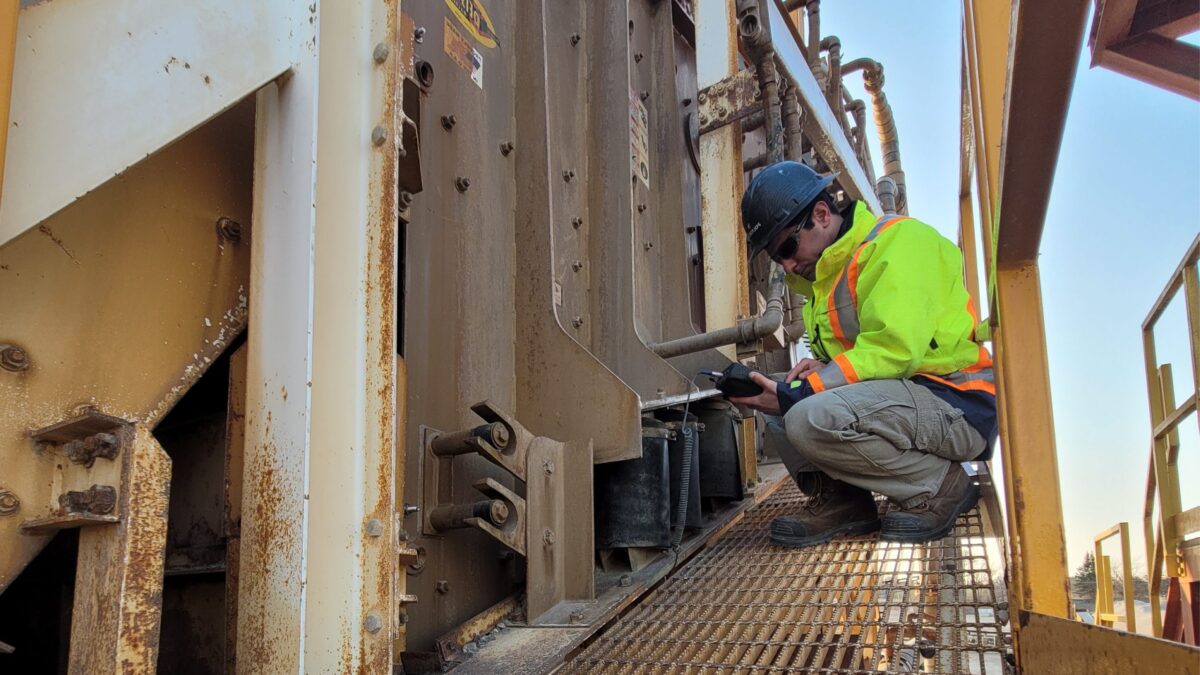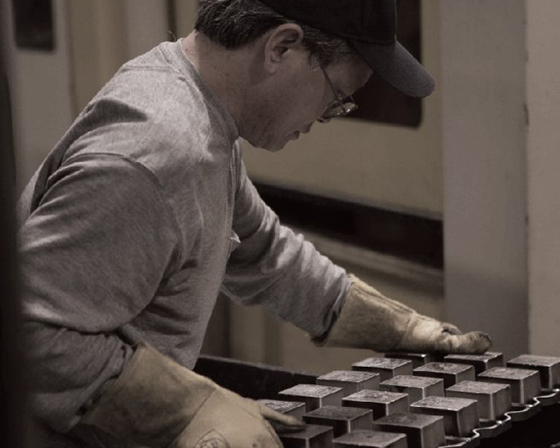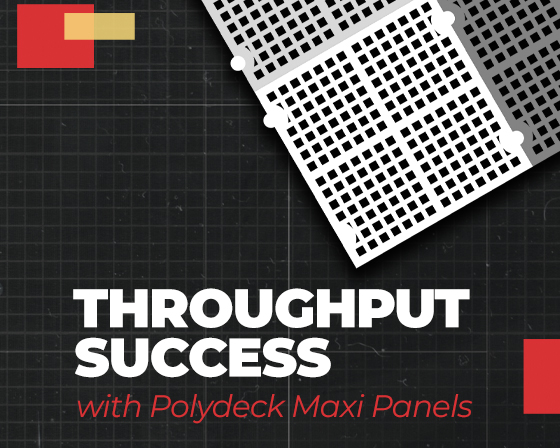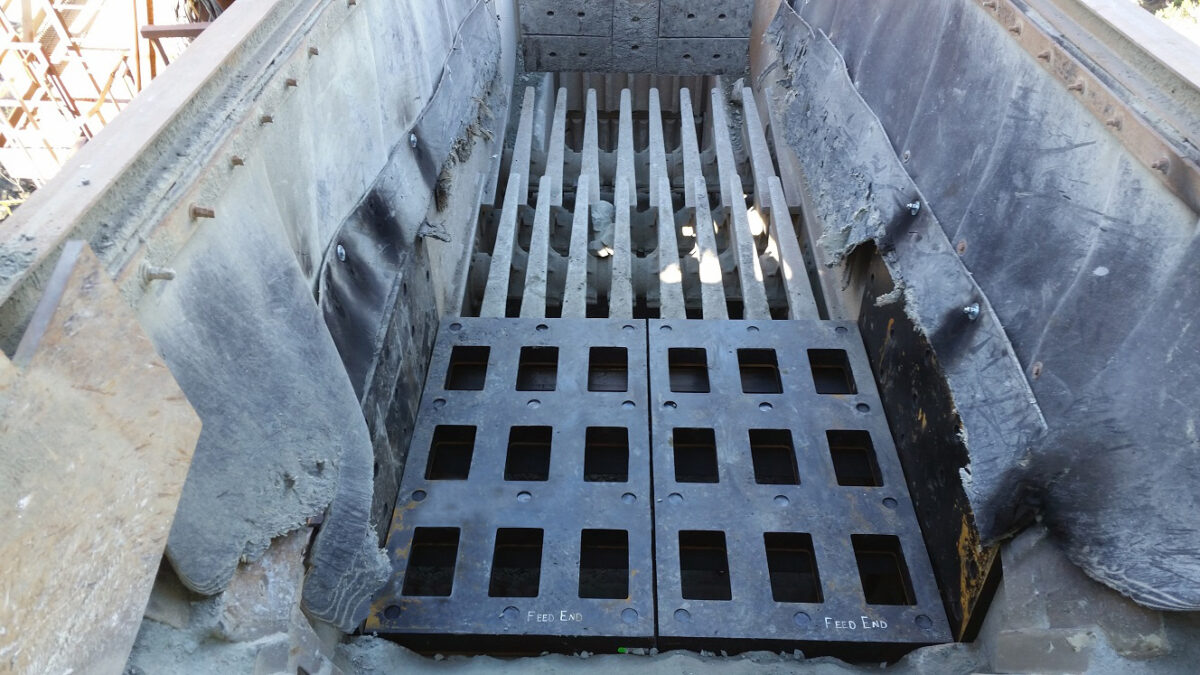January 12, 2021
Addressing the top 5 most frequently asked questions about screening. 1. I think there’s something wrong with my screen, but I don’t know if it’s worth […]
January 11, 2021
Necessity is the mother of invention. In fact, that’s how Polydeck was born, when Manfred Freissle saw the necessity for something that functions better than wire […]
January 11, 2021
It’s easy to be complacent with screen media solutions that require downtime for cleaning and replacement. Improve your throughput, reduced downtime and increased production with the […]
January 11, 2021
Efficient scalping is essential to the optimum performance of primary and secondary crushing circuits. To increase scalping efficiency, the Hanson operation installed ARMADEX custom rubber sections […]
January 11, 2021
Vicdom Sand & Gravel takes a chance on a conversion and reaps big rewards including huge savings and reduced downtime in washing application.




